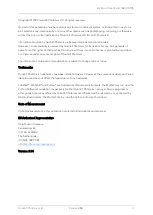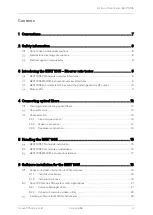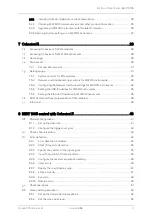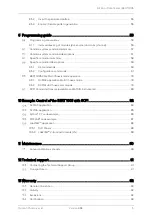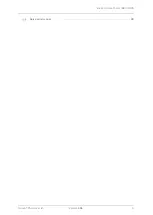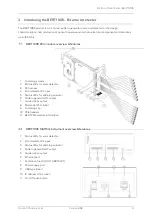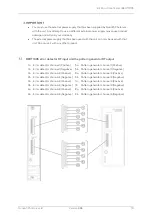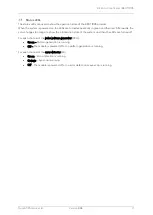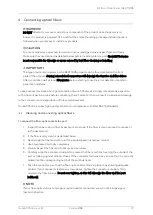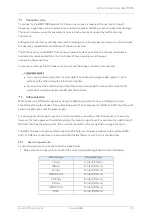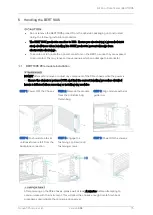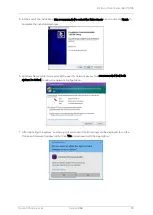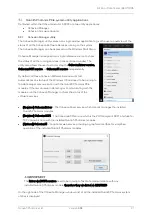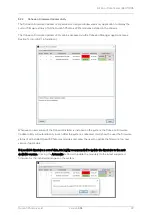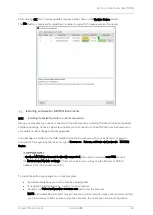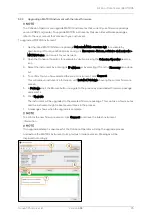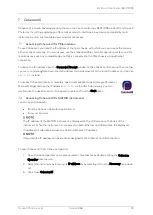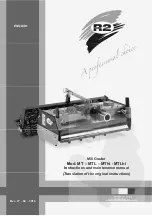
Bit Error Rate Tester | BERT 1005
Quantifi Photonics Ltd.
Version
2.04
13
Connector care
To connect to the BERT 1005 product, RF Coax array harness is required. Connectors in the high
frequency range have precision dimensions and require proper handling to avoid inadvertent damage.
The most common cause of measurement error is bad connections caused by malfunctioning
connectors.
Although all connectors eventually wear, with knowledge, care, and proper technique, you can maximize
the accuracy, repeatability, and lifetime of coaxial connectors.
The RF Coax array on the BERT front panel will gradually wear each time the harness is harness is
connected or disconnected from the front panel. Where possible, avoid frequent
connection/disconnections.
To connect or remove the RF Coax array, always use the proper connector removal tool
•
If you use a pattern generation or error detection channel as single-ended output or input,
terminate the other end with a 50 ohm terminator.
•
To avoid waveform distortion and therefore ensure module performance, terminate the RF
ports of all unused channels with 50 ohm terminators.
Cable selection
When measuring differential signals or using the pattern generator to drive a differential circuit,
consider matching the phase of the cables being used. The cables used to attach the DUT must have the
same time difference and the same length.
For slow signals with large bit periods, a cable mismatch such as 5 ps has little impact on the results.
However, for fast signals with small bit periods, the impact is significant. For example, for a data rate of
14.5 Gb/s that has the bit period of 70 ps, a cable mismatch of 5 ps may lead to a significant error.
The BERT harness accessories offered by Quantifi Photonics for these products, with breakout SMA
and / or 2.92 mm connectors, are skew matched at the factory to within <2 ps of each other.
4.3.1
Use a torque wrench
To use a torque wrench correctly follow the steps below:
1.
Make sure the torque wrench is set to the correct torque settings based on the table below:
Wrench type
Torque settings
1.0 mm
4 in-lb (45 N-cm)
1.85 mm
8 in-lb (90 N-cm)
2.4 mm
8 in-lb (90 N-cm)
NMD 2.4 mm
8 in-lb (90 N-cm)
2.92 mm
8 in-lb (90 N-cm)
3.5 mm
8 in-lb (90 N-cm)
NMD 3.5 mm
8 in-lb (90 N-cm)
SMA
5 in-lb (56 N-cm)


